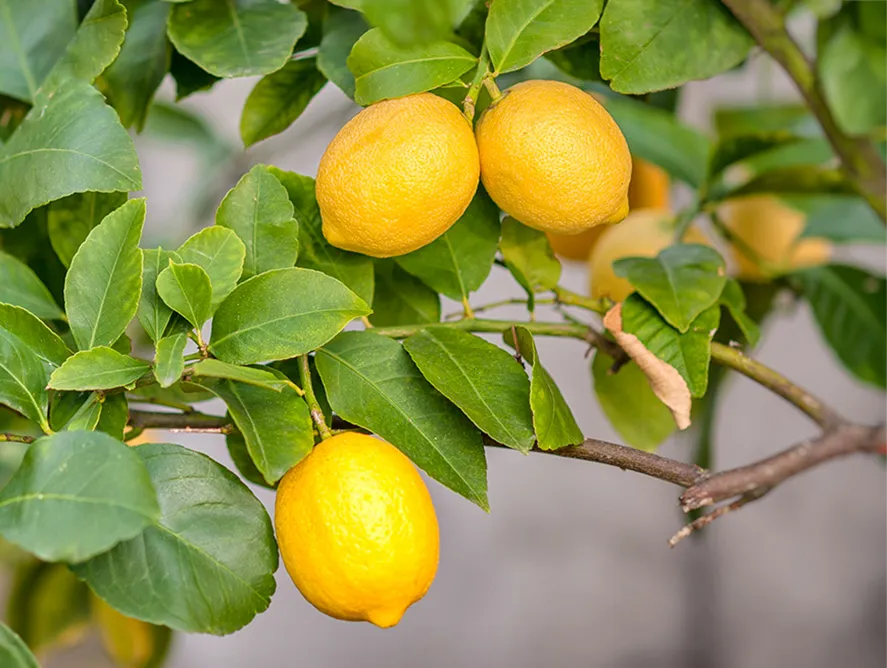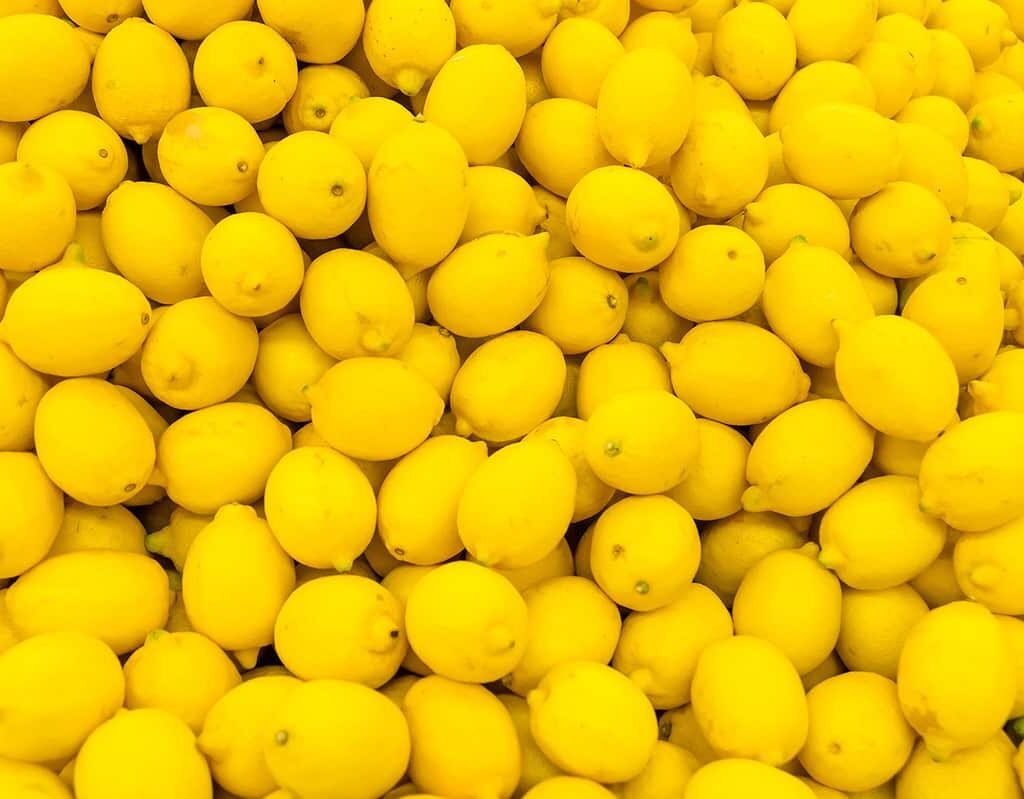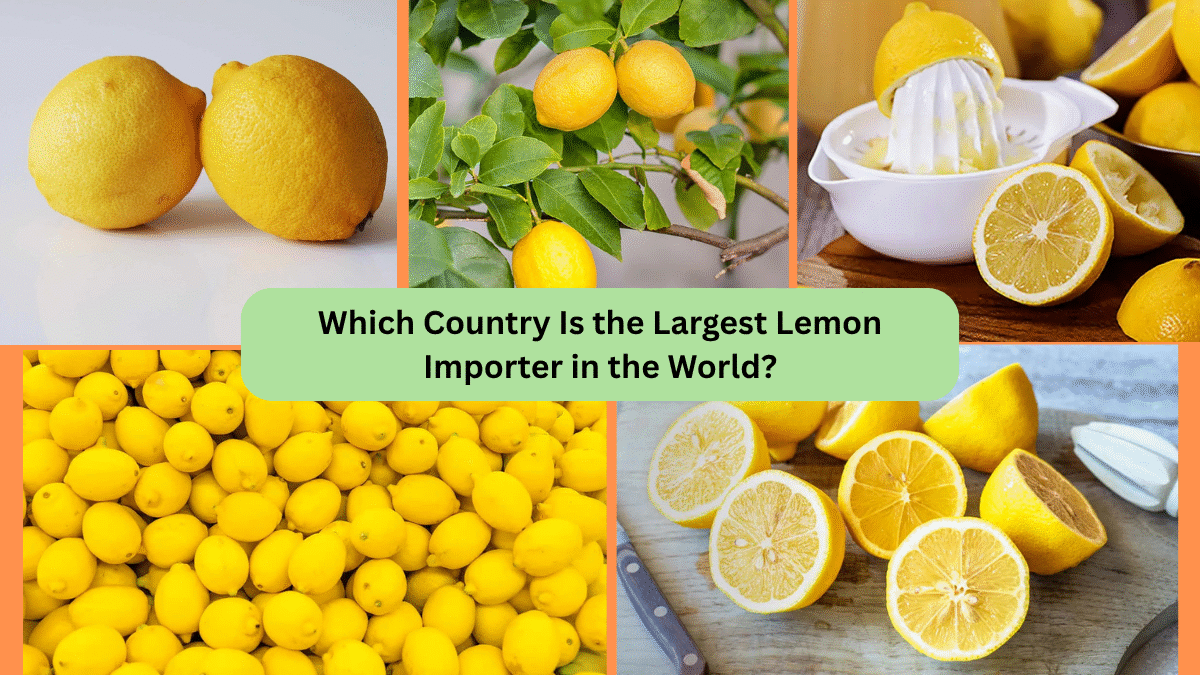Lemons — with their bright yellow color, tangy flavor, and wealth of health benefits — are one of the most widely consumed citrus fruits on the planet. Used in everything from refreshing beverages to culinary dishes and even household cleaning products, lemons hold a significant place in both commercial and home kitchens. But while some countries enjoy the advantage of producing their own lemons, others rely on importing them to satisfy domestic demand.
So, which country imports the most lemons in the world? In this comprehensive article, we’ll explore the global lemon trade, identify the largest importer, and uncover the reasons behind this massive demand.
A Look at the Global Lemon Market

The global lemon trade is a multi-billion-dollar industry that involves the cultivation, export, and import of fresh and processed lemons across continents. According to international trade data, global lemon production exceeds 21 million metric tons annually, with key producers including India, Mexico, Argentina, Spain, Turkey, and the United States.
While countries like Spain and Mexico lead in exports, a select few nations import large quantities of lemons to meet local consumption needs, particularly during off-seasons or to fulfill high domestic demand for lemons in culinary and industrial applications.
Which Country Is the Largest Lemon Importer in the World?
As of the latest available trade reports and data from sources like FAO, UN Comtrade, and ITC Trade Map, the United States holds the title of the largest lemon importer in the world.
In recent years, the United States has consistently imported over 800,000 to 900,000 metric tons of lemons and limes annually, valued at more than $1 billion USD. This makes it the leading destination for lemon exports globally, ahead of major markets like the European Union, Germany, and Russia.
Why Does the United States Import So Many Lemons?

The United States, despite being one of the largest lemon producers globally (mainly in California and Arizona), still relies heavily on imports. Here are the key reasons behind this high import volume:
Seasonal Gaps in Domestic Production
Though California dominates U.S. lemon production, harvesting seasons are not year-round. This creates a need for imports during off-peak periods, especially in late winter and early spring when demand remains high but local supply drops.
High Domestic Consumption
Lemons are an essential ingredient in American cuisine and beverage culture. From lemonade stands to salad dressings, cocktails, marinades, and desserts — lemons are in constant demand. The U.S. foodservice industry, restaurants, and processed food manufacturers contribute significantly to this consumption.
Industrial and Commercial Applications
Apart from culinary uses, lemons are valued for their essential oils, citric acid, and cleaning properties. The U.S. imports lemons for food flavoring, pharmaceuticals, cosmetics, and household cleaning products, driving up total import numbers.
Trade Partnerships and Proximity
The United States benefits from trade agreements and proximity to major lemon-exporting countries like Mexico, making imports logistically and economically feasible.
Major Suppliers to the U.S. Lemon Market

The largest lemon exporters to the United States include:
- Mexico: The biggest supplier of fresh lemons to the U.S., accounting for around 65-70% of total lemon imports. Mexico’s proximity ensures year-round availability and competitive pricing.
- Argentina: Known for high-quality lemons, Argentina supplies a significant volume to the U.S., especially during California’s off-season.
- Chile: Another reliable supplier, particularly during the Southern Hemisphere harvest season.
These countries maintain extensive lemon orchards and advanced post-harvest facilities, ensuring consistent quality for the American market.
Other Top Lemon Importers Around the World
While the United States tops the list, several other countries import substantial volumes of lemons each year:
| Rank | Country | Annual Import (Metric Tons) | Estimated Value (USD) |
|---|---|---|---|
| 1 | United States | 885,000 | $1.08 billion |
| 2 | European Union (EU) | 591,000 | $650 million |
| 3 | Germany | 225,000 | $400 million |
| 4 | Netherlands | 239,000 | $300 million |
| 5 | United Kingdom | 149,000 | $180 million |
| 6 | France | 160,000 | $240 million |
| 7 | Russia | 247,000 | $290 million |
| 8 | Iraq | 211,000 | $170 million |
The European Union collectively forms a significant share of the global lemon import market, with countries like Germany, France, and Netherlands acting as major lemon consumers and re-export hubs.
The European Lemon Market

Europe is a major consumer of lemons, largely for culinary uses, alcoholic beverages, and medicinal products. While Spain and Italy produce significant volumes domestically, European countries often import lemons to meet rising demand or to fill seasonal supply gaps.
Germany stands out as Europe’s largest individual lemon importer, while Netherlands acts as a key trading hub, importing lemons for distribution to neighboring EU countries.
Global Trends in Lemon Imports
Several trends shape the dynamics of lemon imports around the world:
- Growing Health Awareness: Increased awareness of the health benefits of citrus fruits, particularly their immune-boosting properties, has driven higher lemon consumption globally.
- Rising Demand for Natural Products: Lemons are widely used in natural cleaning products, personal care items, and herbal remedies, contributing to steady import growth.
- Trade Liberalization: Trade agreements and reduced tariffs have made it easier for lemon-exporting countries to access new markets, fueling global trade.
- Climate Challenges: Climate variability and environmental factors occasionally disrupt domestic production in key lemon-producing regions, increasing reliance on imports.
Health Benefits Driving Global Lemon Consumption

Lemons are not just valued for their flavor — their health benefits play a crucial role in their popularity:
- Rich in Vitamin C: Boosts immunity and fights off colds and infections.
- Aids Digestion: Lemon water and lemon-infused foods improve digestion.
- Antioxidant Properties: Contains powerful antioxidants that combat oxidative stress.
- Supports Skin Health: Used in skincare and beauty treatments.
- Natural Detoxifier: Commonly used in detox diets and cleansing routines.
As these health trends continue to gain momentum worldwide, so does the demand for fresh lemons.
The Future of Lemon Imports
The global lemon market is expected to expand steadily over the next decade, with both production and import figures rising in response to:
- Urban population growth
- Expansion of the global foodservice industry
- Surging demand for natural wellness products
- Increased adoption of international cuisines
As long as consumers continue to embrace lemons for their versatility and health benefits, the international lemon trade — led by the United States — will remain vibrant and profitable.
Conclusion
To sum it up, the United States is the largest lemon importer in the world, with over 885,000 metric tons imported annually, followed by the European Union, Germany, and other key markets. High domestic demand, seasonal production gaps, industrial uses, and favorable trade agreements all contribute to America’s leadership position in lemon imports.
As global demand for lemons continues to grow, fueled by health awareness and culinary trends, the international lemon trade will likely become even more dynamic, offering opportunities for exporters and importers alike.





Leave A Comment